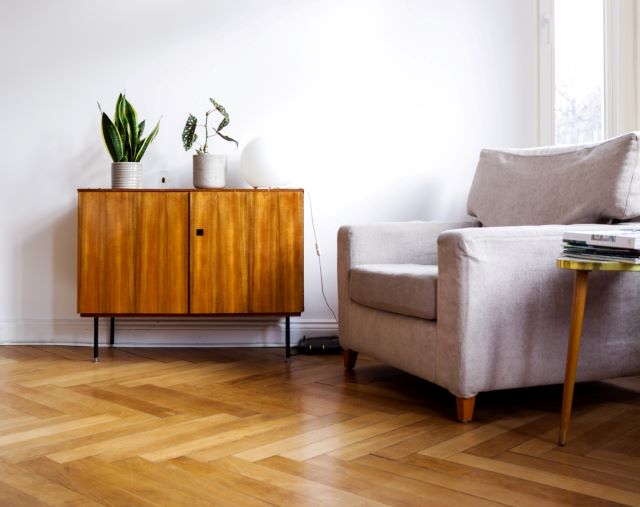Because flooring serves as the basis for everything else, it is one of the most fundamental but critical considerations a homeowner must make while remodelling. While there are many options available, from carpet to terrazzo, one material stands out: hardwood.
Because of its warmth and natural design appeal, hardwood flooring is a popular choice in houses. It also gives customers a multitude of options for personalising their products—it takes more than just picking a colour of wood stain.
However, not all hardwood flooring is created equal, and installing hardwood floors entails more than simply selecting a favourite colour. The style and substance of your flooring are important considerations. Colors, texture, and general style of your place may all have an influence on how it feels. Some materials are more suited to your family’s demands than others.
If you’re thinking about getting new floors, check out our advice on how to pick hardwood flooring. This blog will help you to choose the right type of hardwood flooring for your house based upon various factors.
1) Type of flooring
Wood flooring comes in two varieties: solid and engineered. Solid hardwood flooring is one of the most common forms of flooring. It is made of strong, thick wood planks that are joined together with tongue and groove along each side. Because the boards are typically thicker, these hardwood floor install may be sanded and refinished numerous times.
While engineered hardwood flooring is becoming more popular. They are constructed with a thin layer of hardwood veneer on top of numerous layers of composite material and plywood. These numerous layers are intended to keep the flooring from moving over time. Choose with caution since some engineered flooring has top layers that are so thin that they cannot be sanded and refinished in the future.
2) Selecting the Right Wood
Another important consideration for your forthcoming project is the timber species or kind of wood. Oak is the king of hardwood flooring because it is a long-lasting wood that absorbs colours well. It’s durable, works well with many stains, and has a lovely, natural grain. Most manufacturers also have oak wood flooring available. Red and white oak are excellent woods for a variety of home uses.
Walnut is another popular choice. While it is slightly softer than oak, it has a rich colour that is appropriate for places that require a deeper finish. You may select from a range of wood species, which will influence the appearance of your area. You can also consider other factor while selecting the wood.Various woods will provide different practical benefits depending on your needs.
3) Grain Pattern Type
When choosing on the style of your wood flooring, the grain pattern is critical. Logs are cut in three ways: plain-sawn, rift-sawn, and quarter-sawn, yielding three distinct grain patterns.
- Plain sawn wood grain has cathedral-like undulating patterns.
- Rift-sawn wood has a long, straight, and uniform grain with no cathedrals.
- Quarter-sawn wood is similar to rift wood in appearance, but it has uneven specifications that form a distinct, often three-dimensional pattern.
Plain sawn may be utilised in a more rustic environment, whereas quarter sawn may be used in a metropolitan setting to add a little zing.
4) The width of the board.
The board’s breadth should be evaluated next. Previously, virtually all hardwood flooring appeared to be installed in two- to three-inch strips; many people now prefer wider planks, but you may now pick any width you want.
Hardwood flooring planks are available in a range of widths, allowing you to create a stunning design with installation. Narrow planks are typically 2-3 inches wide, however some wood planks can be as wide as six or seven inches.
Wider planks convey a feeling of elegance and expense since they have fewer seams. It is critical to understand, however, that the wider the plank, the more expensive it is. Additionally, seams in bigger boards may become evident with time. Seams in bigger boards may also become evident over time as the wood grows.
In contrast, our average specification is a four- to six-inch plank, depending on the size of the area and the function.










